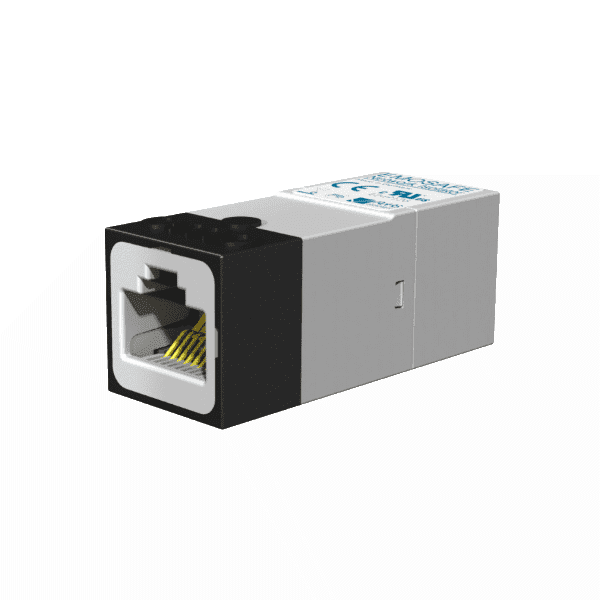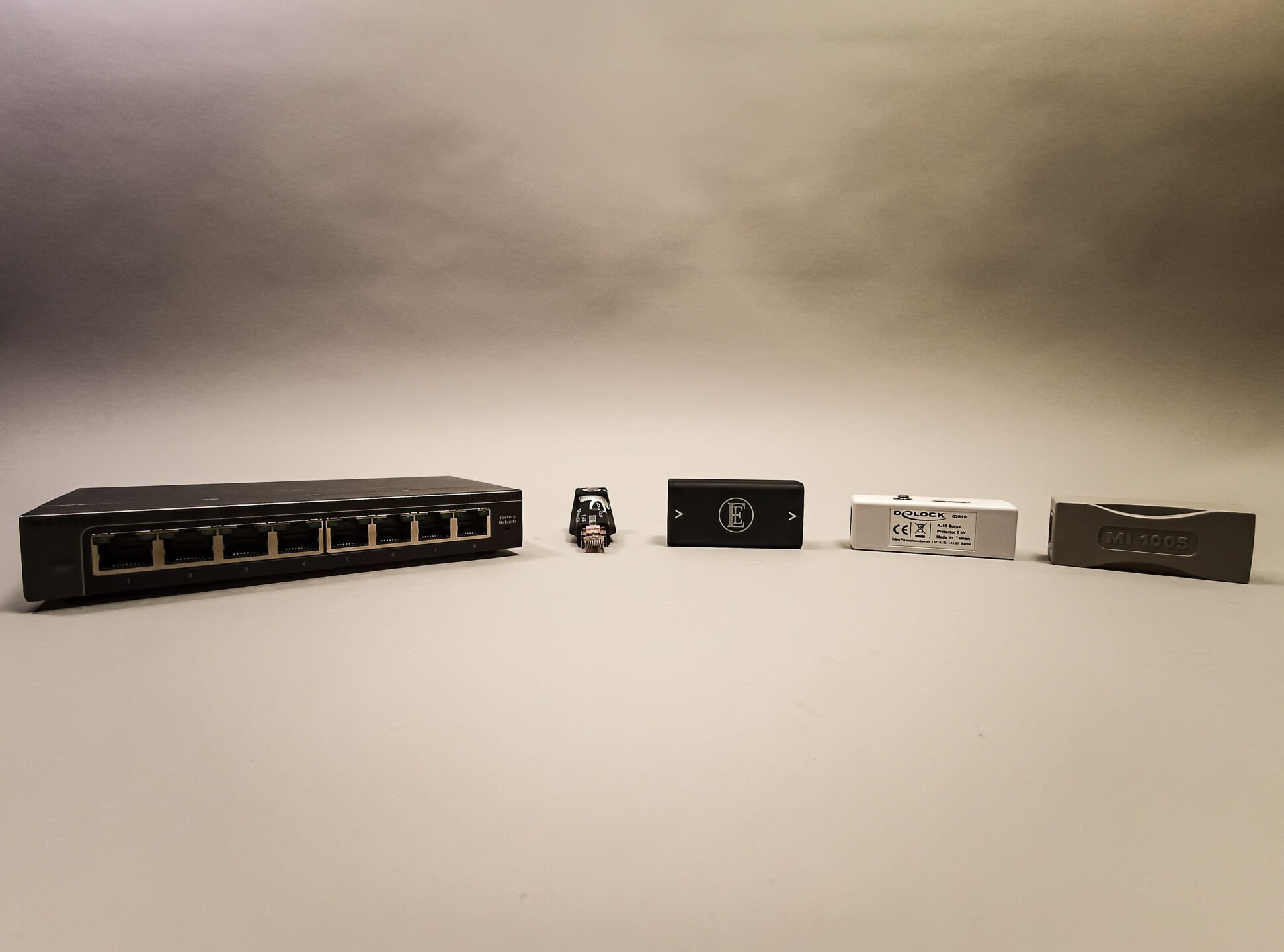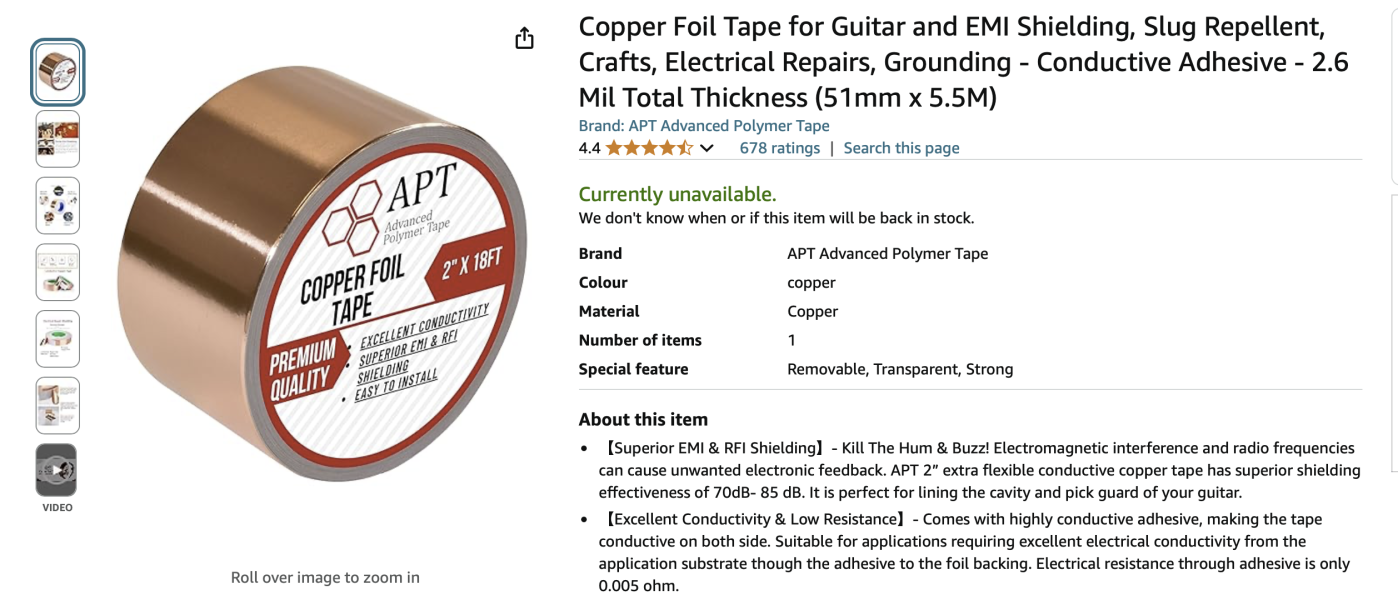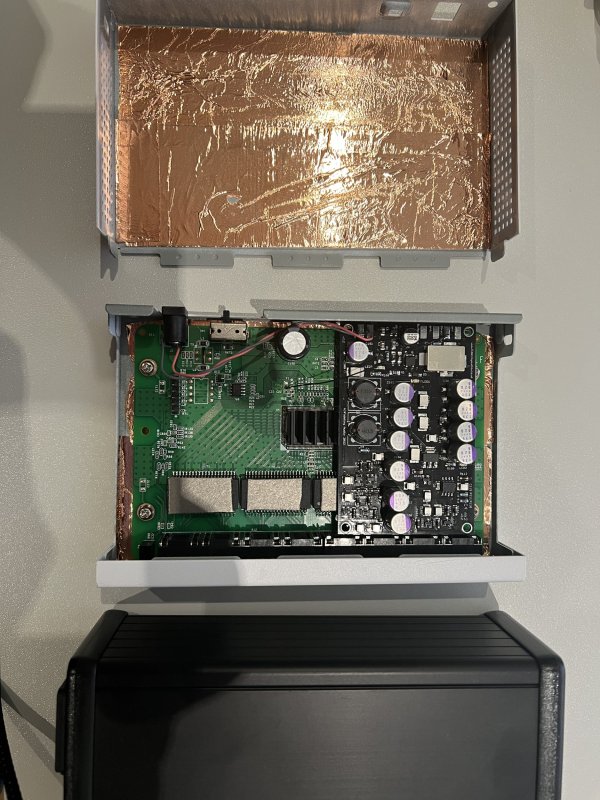They do a wide range of units for different situations, mostly aimed at the medical market, but also the general computing market, train systems and audio. Many different specs, speed from 100mbps to 10gbps.Found the installation instructions chocked full of great tips! https://www.emosystems.com/wp-content/uploads/Datasheet_EN-85e.pdf
I think these also units reduce RFI because the LAN transformers only operate at the data signal frequency band, any other frequencies can't get through.
The unit recommended for audio is this one.

Network isolator EN-70HD • Standalone • EMO Systems GmbH
EMOSAFE Network isolatorEN-70HD Standalone, for 1 Gbit/s, horizontal outlet, TVS diodes, ultra-compact

Network isolator EN-70HD • Standalone • EMO Systems GmbH
EMOSAFE Network isolatorEN-70HD Standalone, for 1 Gbit/s, horizontal outlet, TVS diodes, ultra-compact
The one you picked out makes sense because you can never get a reliable wireless signal in a hospital. Much medical equipment is mobile or on wheels and the last thing you need to do it damage the RJ45 socket by accidentally moving the unit whilst plugged in, hence an auto-release LAN isolator.




















